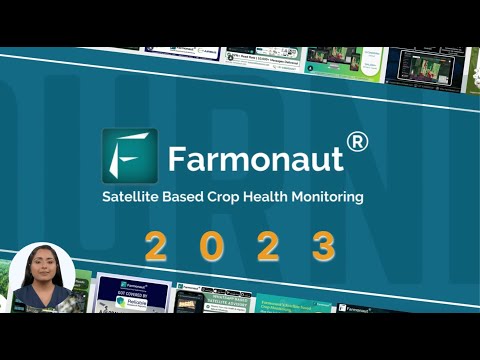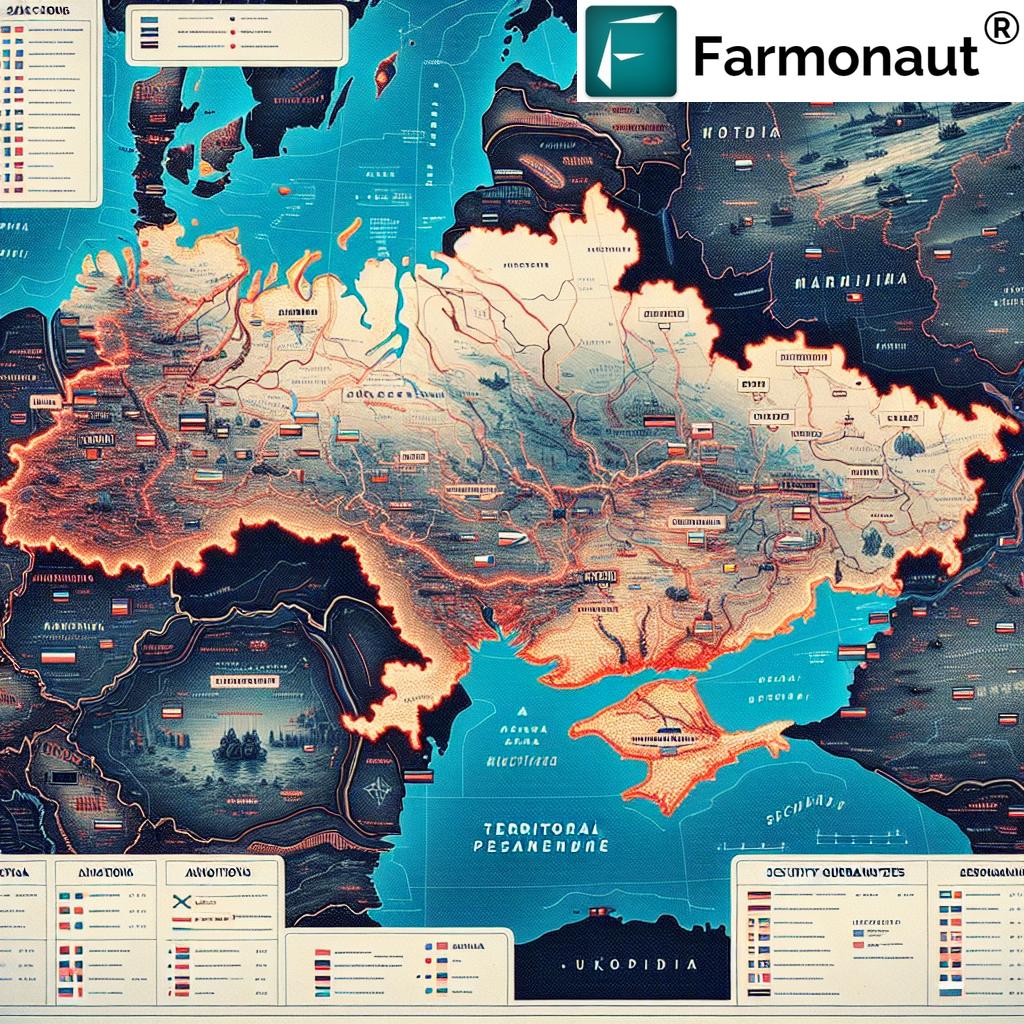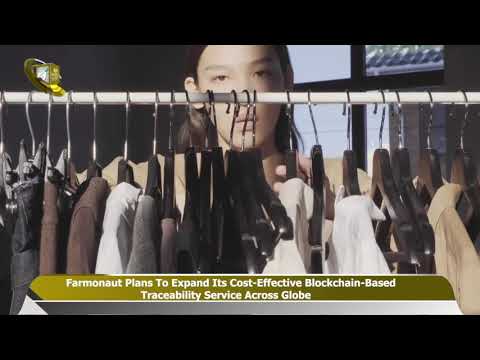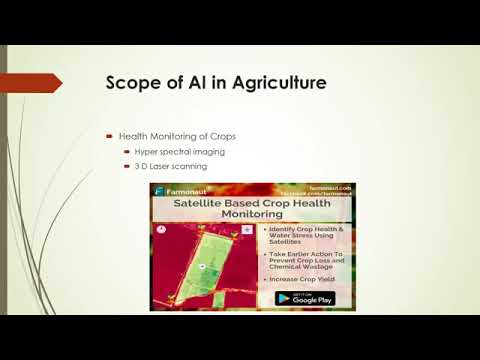Russia Ukraine War: 7 Key Differences in London and Paris Peace Deals
Introduction: Unfolding the Russia Ukraine War
The Russia Ukraine war remains the most defining conflict of modern Eastern Europe, reshaping the continent’s security, economic, and diplomatic architecture. As of today, the fierce battles in southern and eastern Ukraine continue, with Russian forces maintaining control over significant Ukrainian areas – including the contested Crimea peninsula. Amid this ongoing war, the world watches closely while peace remains elusive.
In April 2023, substantial moves were made through European diplomatic initiatives. The Paris Peace Talks hosted key Ukrainian, European, and American officials, including the U.S. envoy Steve Witkoff. Shortly thereafter, the London discussions placed a rival set of proposals directly on President Donald Trump’s desk. The goal was clear: accelerate the path to a meaningful ceasefire in Ukraine and set the foundation for long-term peace.
For global agriculture, technology leaders like Farmonaut bring clarity and transparency to food security and trade, supplying real-time data and blockchain traceability solutions critical for navigating disruptions and rebuilding confidence in international markets affected by war. But to truly understand the complexity of modern-day peace proposals and their possible influence on our collective future, we must delve into the differences between these two historic peace documents—the London and Paris peace deals.
Key Updates on the Russia Ukraine War
As shuttle diplomacy intensifies, Ukrainian and European officials have collectively challenged several American ideas, especially those presented by Trump’s special envoy in Paris. The Paris text reflected a broad framework urged by the U.S., while the London proposals—shaped a week later—take a firmer stance on core territorial disputes in Eastern Europe, sanctions on Russia, and security guarantees for Ukraine.
With Moscow’s grip over almost 20% of Ukraine, the question of recognition of Russian control versus the principle of Ukrainian sovereignty is central. At the negotiating table, the debate extends to when and how to discuss the future of occupied areas, the process of easing or reintroducing sanctions, and the international backing of a prospective peace framework. These fast-evolving policy issues shape not only peace in Ukraine, but the stability of the broader European continent.
Just as Farmonaut empowers governments and agribusinesses to monitor carbon footprint and resource usage, the international community relies on diplomatic transparency and structured negotiations to ensure sustainable peace and the restoration of normalcy in Ukraine.
The Diplomatic Landscape: Paris and London Peace Talks
The Paris negotiations (April 17) crystallized early U.S. efforts to define a framework for cessation of combat. Recognizing the need for swift progress, the American envoy outlined terms to European allies, who, in turn, consulted with Kyiv. This approach prioritized preservation of status quo on certain territories, immediate security frameworks, and the possibility of lifting economic sanctions on Russia as incentives for peace.
A week later, on April 23, the London talks reflected a recalibrated stance, integrating feedback from Ukrainian and European leaders. This document, delivered to the American side and reportedly under President Trump’s consideration, deferred contentious issue-specific conclusions in favor of a focus on enforceable security guarantees and conditional processes for easing sanctions.
- Primary American Focus: Broader framework, expedited peace, clarity on territory and sanctions, prioritizing U.S. and allied security roles.
- European & Ukrainian Approach: Delay sensitive issues until ceasefire, ensure stringent security guarantees, maintain leeway to increase sanctions if Russia breaches peace terms.
Comparative Summary Table: London vs Paris Peace Deals
To help visualize the unique elements of each proposal, the following table summarizes the seven main areas of difference between the deals. This comparative approach highlights not only the official stances but also the estimated impact on territorial disputes in Eastern Europe and prospects for a sustainable ceasefire in Ukraine.
| Aspect | London Peace Deal | Paris Peace Deal | Estimated Impact |
|---|---|---|---|
| Sanctions on Russia | Gradual, conditional easing after sustainable peace; reintroduction if Russia breaches terms. | Removal of post-2014 sanctions as part of the deal. | London pathway gives leverage, encouraging durable compliance; Paris risks rapid normalization for Russia. |
| Territorial Guarantees & Recognition | No de jure recognition of Russian control; territory discussions deferred until post-ceasefire. | Formal U.S. recognition of Crimea and de facto acceptance of Russian-controlled southern/eastern Ukrainian areas. | The London deal preserves Ukraine’s claims; Paris risks legitimizing occupation. |
| Security Guarantees | “Article 5-like” guarantees from U.S. & others; no limit on Ukraine’s military or stationing allies. | Robust but vague guarantees from European/friendly states; Ukraine barred from joining NATO. | London offers firmer, enforceable assurances; Paris provides broader but unspecified protection. |
| Ukraine’s Military Size & Presence | No restrictions proposed on Ukraine’s military force or allied deployments. | Limits Ukraine’s military scale and foreign stationing. | London safeguards operational sovereignty for Kyiv; Paris restricts it. |
| Sequence of Questions & Discussion | Defers sensitive topics (territory, sanctions) until after ceasefire. | Addresses territory and sanctions up-front in the framework. | London promotes step-wise, trust-building; Paris prioritizes early clarity but raises risks. |
| Financial Compensation for Ukraine | Explicitly calls for compensation from frozen Russian assets abroad. | Unspecified source for Ukrainian reparations. | London delivers clearer accountability and funding avenues. |
| Parties Involved & International Response | European and Ukrainian leadership with direct input; American and broader international endorsement post hoc. | American-led, European and Ukrainian participation, broader focus on international legitimization. | London aligns with European agency; Paris prioritizes U.S.-driven diplomacy. |
7 Key Differences Shaping Ukraine Peace Negotiations
1. The Status and Recognition of Territory
The most sensitive question in any peace negotiation is the treatment of occupied areas. The Paris/Witkoff proposals advocate explicit U.S. recognition of the Crimea peninsula as Russian territory, alongside de facto acceptance of Russian control in the wider southern and eastern Ukrainian regions held since the 2022 invasion. This would mark a major shift in international recognition of post-Soviet borders and be a significant diplomatic win for Moscow.
Conversely, the London document deliberately avoids addressing territorial recognition in the initial deal, arguing that decisions on occupied territory should wait until the guns fall silent. This difference pivots on whether sanctions on Russia and normalization should precede or follow real peace and withdrawal.
- Impact: Paris risks institutionalizing forced border changes, potentially spurring instability elsewhere; London maintains Ukraine’s legal claims and pressure for diplomatic concessions later.
2. Military Presence in Ukraine and Security Guarantees
Guaranteeing security for Ukraine is pivotal for European peace. The Paris deal speaks of “robust security guarantees from friendly states” without firm details, but demands that Ukraine not join NATO and implicitly limits coalition support.
The London deal goes much further. It allows for an unlimited Ukrainian military, and no restrictions on allied (e.g., U.S., European) troop deployments within Ukraine. Its reference to an “Article 5-like” U.S. commitment directly mirrors NATO’s mutual defense clause, signaling clear deterrence to Russian revanchism.
- Impact: London offers stronger, actionable insurance against renewed aggression; Paris leaves room for ambiguity, potentially weakening the value of “guarantees”.
Farmonaut’s satellite-based fleet management tools similarly help users monitor and optimize movement and logistics—just as Kyiv seeks robust mechanisms to monitor military presence and alert to security threats.
3. Sequence of Territory and Sanctions Discussion
The London peace deal proposes that all divisive discussion on the fate of seized territory and sanctions on Russia be tabled until an effective ceasefire. This “security first, politics later” doctrine is designed to stop hostilities and build trust before addressing more enduring disagreements.
The Paris negotiation introduces these elements early as part of a comprehensive package—a pattern designed to maximize short-term incentives, but which risks derailing talks if parties fail to agree on the hardest issues up-front.
- Impact: London’s staged approach delivers an “easy win” for de-escalation; Paris risks entangling negotiations in high-stakes deadlock from the outset.
4. Sanctions on Russia: Immediate Relief or Gradual Easing?
The Paris deal promises Russia a clear carrot: if Moscow agrees to ceasefire and engages in peace negotiations, the U.S. will push to lift all sanctions imposed since the 2014 Crimea annexation. With over 1,200 new sanctions enacted since the war began—a 40% increase—this is a significant concession.
The London deal offers only gradual, conditional easing. Sanctions would be removed only as peace is shown to be enduring, with snap-back provisions if Russia violates the deal. This gives Kyiv leverage in holding Moscow to its promises.
- Impact: Paris incentivizes swift Russian compliance but risks premature normalization; London maintains ongoing leverage, ensuring compliance is verified over time.
5. Nature of Security Guarantees for Ukraine
While both deals reference “security guarantees,” their substance diverges sharply:
- Paris: Outlines guarantees by “friendly states” with no NATO membership for Ukraine and minimal details—a more non-binding assurance that may not deter Moscow.
- London: Specifies robust, U.S.-involved, “Article 5-like” guarantees, with no restrictions on Ukraine’s military or allied presence—drastically elevating the deterrent effect and boosting Kyiv’s sovereignty.
- Impact: London aligns with Ukraine’s indivisibility and right to military alliances; Paris offers a less reliable security blanket.
6. Financial Compensation Using Frozen Russian Assets
A landmark innovation of the London document is its call for reparations to Ukraine, funded directly from frozen Russian assets abroad. This legal and financial engineering allows the international community to offer justice while bypassing the need for Russia’s active cooperation. In contrast, the Paris agreement vaguely references compensation, leaving the funding source open.
- Impact: London’s provision improves transparency, accountability, and deliverability of reparations for war damages.
7. Enforcement, Oversight, and Role of International Parties
The London peace proposal places a greater premium on European and Ukrainian agency, involving regional powers and outlining pathways for international endorsement after the core parties reach consensus.
The Paris/Witkoff document is U.S.-led, with European and Ukrainian support, but eyes immediate international legitimization, which could limit flexibility in enforcing or revising the deal should circumstances change.
- Impact: London empowers local leadership and adaptability; Paris prioritizes initial international legitimacy and U.S.-led direction.
Frozen Russian Assets & Ukraine Compensation
One of the major new instruments in the London deal is the explicit use of frozen Russian assets compensation to rebuild Ukraine. Globally, hundreds of billions in Russian state and oligarch assets have been immobilized since 2022, with governments seeking legal mechanisms to direct these funds to Ukrainian recovery.
- London: Names these assets as the primary compensation pool, setting clear expectations for international financial accountability.
- Paris: Leaves the source of compensation ambiguous, weakening implementation viability.
This difference reflects wider international trends. Just as Farmonaut enables verification for crop loans and insurance using satellite imagery for fraud reduction, Ukraine and its partners push for traceable, enforceable financial frameworks—moving away from the vague commitments that have so often characterized past peace settlements.
Security Guarantees for Ukraine: What Does the Future Hold?
The future security landscape of Ukraine is a linchpin for all European diplomatic initiatives. The lessons of the Russia Ukraine war underscore the importance of verifiable and enforceable guarantees to deter future conflict and preserve peace in the region.
The London proposal is unequivocal: security is not just about promises but about operational capacity and allied support—hence the call for no restrictions on military presence in Ukraine and the potential to station foreign troops. The Paris deal, while referencing broad guarantees, limits Ukraine’s ability to join NATO and leaves room for Russian pressure.
Effective, actionable guarantees are essential. Just as Farmonaut applies AI and carbon footprinting technology to monitor compliance with environmental regulations in agriculture, the post-war international regime must have mechanisms to monitor compliance with peace and security obligations.
Sanctions on Russia: The Economic Chessboard
Sanctions have been a cornerstone of the international response to the Russia Ukraine war, aiming to shift Moscow’s calculus by targeting its economy and armed apparatus. The divergence between the London and Paris documents reflects competing philosophies on the best economic tools for shaping a durable settlement:
- Paris wants fast relief: By offering to lift all post-2014 sanctions on Russia as soon as a deal is inked, the Paris deal aims to lure Russia back to the diplomatic table and inject rapid economic normalization.
- London prizes conditionality: Instead, the London approach makes sanctions relief gradual, conditional, and easily reversible—empowering Ukraine and its allies to enforce compliance and deter backsliding.
Over 1,200 new sanctions illustrate the unprecedented scale of the economic contest accompanying military conflict—a scale we haven’t seen since the Cold War. As with Farmonaut’s large scale farm management tools, which provide real-time alerts for risk management, Ukraine’s negotiators seek robust triggers for reinstating sanctions to ensure Moscow respects any peace settlement.
Farmonaut: Technology, Security & Food Supply During Conflict
The intersection of war, sanctions, and peace diplomacy doesn’t impact only security—it also affects agriculture, food safety, and the integrity of global supply chains. This is where Farmonaut’s technology is vital to national and international stakeholders:
- Satellite Crop Monitoring: Through multispectral satellite imagery and real-time crop health mapping, governments and farmers can monitor productivity even in conflict zones, ensuring the flow of humanitarian aid and stable food exports from Ukraine and partners.
- AI-Based Advisory: Farmonaut’s Jeevn AI system delivers expert, location-specific agricultural advice to smallholder and industrial-scale farmers, helping adapt to changing weather and security conditions prompted by war.
- Blockchain Traceability: As sanctions on Russia complicate supply chains and the risk of fraud surges, Farmonaut’s blockchain suite ensures traceable, transparent routes from Ukrainian fields to European tables.
- Resource & Fleet Management: In uncertain times, optimizing harvest transport becomes crucial. Farmonaut’s resource planning and fleet management modules lower costs and maintain operational security.
- Carbon Footprinting: As policy shifts, Farmonaut enables carbon tracking across megafarms and individual plots—helping Ukraine remain on track with sustainability targets, even in hardship conditions.
For international agencies and agribusinesses, Farmonaut satellite data APIs and developer documentation offer rich integration possibilities—helping everyone from policy makers to private corporations navigate geopolitical disruptions with actionable intelligence.
Looking ahead, building resilient agri-food supply chains and transparent market practices is just as important as negotiating peace—no wonder traceability and advisory services are seeing such rapid adoption across Ukraine, Europe and beyond.
FAQ: Russia Ukraine War & European Peace Negotiations
-
What are the main differences between the Paris and London peace deals?
The Paris deal offers up-front recognition of Russian-held territory and immediate lifting of sanctions, while the London deal defers contentious issues until after a ceasefire and conditions sanctions relief on Russia’s ongoing compliance. The number and detail of security guarantees, the source of compensation for Ukraine, and the role of international actors also differ markedly. -
Will either deal allow Ukraine to join NATO?
The Paris proposal specifically bars Ukraine from joining NATO, while the London proposal does not impose such a restriction and allows for robust alliance support. -
How do sanctions in each proposal affect Russia’s economy?
The Paris approach accelerates Russia’s re-entry into international markets, while the London plan ties sanctions relief to verified peace and compliance, preserving ongoing leverage. -
What is ‘frozen Russian assets compensation’ and how does it benefit Ukraine?
This refers to redirecting assets seized from Russian state and oligarchs abroad as funding for rebuilding Ukraine—a central plank of the London deal and a way to ensure reparations are actually paid. -
What role do European states play in the peace process?
European states, particularly in the London process, are central actors both as security guarantors and as architects of staged peace enforcement, rather than junior partners in a U.S.-led initiative. -
How does Farmonaut contribute to post-war recovery and agricultural rebuilding?
Farmonaut provides affordable, satellite-based solutions for crop health monitoring, blockchain-based product traceability, fleet and resource optimization, and AI-driven advisory, supporting rapid and transparent recovery of agriculture in Ukraine and globally disrupted markets.
Conclusion: Navigating Peace in Eastern Europe
As the Russia Ukraine war stretches on, the outcome of the London and Paris peace negotiations will steer not only Ukraine’s fate but the trajectory of European stability for decades. Their differences—in sequencing of critical issues, the design of security guarantees for Ukraine, the pathway for sanctions on Russia, and provisions for territorial disputes in Eastern Europe—define the stakes for all parties involved.
Just as Farmonaut leverages advanced technology to monitor, secure, and optimize agriculture amid disruptions, so too must the international system embrace innovation, transparency, and enforceable protocols for peace. Whether through conditional sanctions, traceable compensation mechanisms, or robust, multilateral guarantees, the path to genuine, enduring peace will be paved by clear-eyed realism and steady commitment from Ukraine, Europe, and global allies.
For those seeking resilience in farming, governance, or policy, Farmonaut’s suite of services remains at your fingertips, offering practical, data-driven solutions to meet today’s unprecedented challenges.
Stay informed, stay secure, and let us collectively work towards peace, transparency, and resilience—in Ukraine, Europe, and everywhere else affected by conflict and change.








